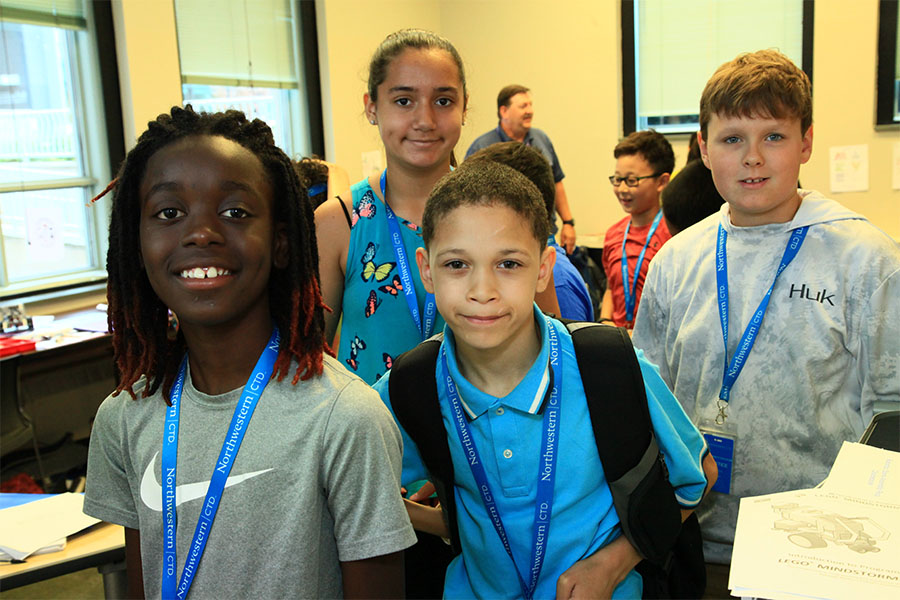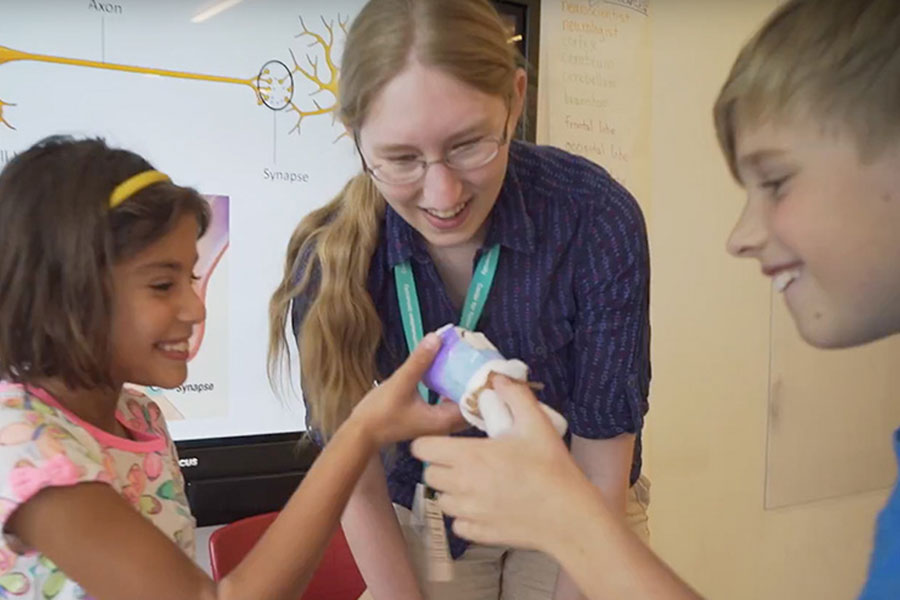 By Judith DeNuno
By Judith DeNuno
Do you ever wonder how bubbles form? What makes them big or small, what makes them float or fall, what makes them pop quickly or slowly? Well, in this indoor (or outdoor) activity, you can investigate how different household chemicals affect the quality of bubbles!
Materials Needed:
- bubble mixture (here is a recipe for making your own).
- straws
- cups or glasses of the same size
- sugar, salt, sugar substitute, spices, etc. You may even want to use cooking oil or vinegar.
Instructions:
- Label the cups: Water, sugar, salt, sugar substitute, etc.
- Put ¼ - 1 teaspoon of each ingredient into the bottom of the cup.Be sure to write down how much of each substance you use!
- Add same amount of bubble soap to each cup. The cups should be about ½ filled.
- Stir with the straw and blow bubbles from the tip of the straw or into the cup.
- Describe the bubbles made with each substance.
- Find the chemical names and/or formulas for the substances you added.
- Record your observations in a Data Table, such as the one below.
- Decide which substance makes better bubbles.
- Explain why the bubbles are better!
 Modifications for Younger or Older Students:
Modifications for Younger or Older Students:
Younger students will need help mixing and measuring.
Older students should be encouraged to look up the chemical formulas of the substances they add to the bubble mixtures. Older students may want to test the different bubble mixtures listed in the link below!
Additional Resources and Links:
http://www.exploratorium.edu/ronh/bubbles/
http://www.bubblegame.org/
http://bubbles.org/
Do you and your children have a time-tested family bubble recipe?
Judith DeNuno is an online instructor for Gifted LearningLinks where she teaches AP® Biology, AP® Environmental Science, Topics in Biology, Theoretical Physics, and Conceptual Chemistry. She lives on a Vermont tree farm with her dog and enjoys reading mysteries. By Judith DeNuno
Do you ever wonder how bubbles form? What makes them big or small, what makes them float or fall, what makes them pop quickly or slowly? Well, in this indoor (or outdoor) activity, you can investigate how different household chemicals affect the quality of bubbles!
Materials Needed:
By Judith DeNuno
Do you ever wonder how bubbles form? What makes them big or small, what makes them float or fall, what makes them pop quickly or slowly? Well, in this indoor (or outdoor) activity, you can investigate how different household chemicals affect the quality of bubbles!
Materials Needed:
 Modifications for Younger or Older Students:
Younger students will need help mixing and measuring.
Older students should be encouraged to look up the chemical formulas of the substances they add to the bubble mixtures. Older students may want to test the different bubble mixtures listed in the link below!
Additional Resources and Links:
http://www.exploratorium.edu/ronh/bubbles/
http://www.bubblegame.org/
http://bubbles.org/
Do you and your children have a time-tested family bubble recipe?
Judith DeNuno is an online instructor for Gifted LearningLinks where she teaches AP® Biology, AP® Environmental Science, Topics in Biology, Theoretical Physics, and Conceptual Chemistry. She lives on a Vermont tree farm with her dog and enjoys reading mysteries.
Modifications for Younger or Older Students:
Younger students will need help mixing and measuring.
Older students should be encouraged to look up the chemical formulas of the substances they add to the bubble mixtures. Older students may want to test the different bubble mixtures listed in the link below!
Additional Resources and Links:
http://www.exploratorium.edu/ronh/bubbles/
http://www.bubblegame.org/
http://bubbles.org/
Do you and your children have a time-tested family bubble recipe?
Judith DeNuno is an online instructor for Gifted LearningLinks where she teaches AP® Biology, AP® Environmental Science, Topics in Biology, Theoretical Physics, and Conceptual Chemistry. She lives on a Vermont tree farm with her dog and enjoys reading mysteries.
